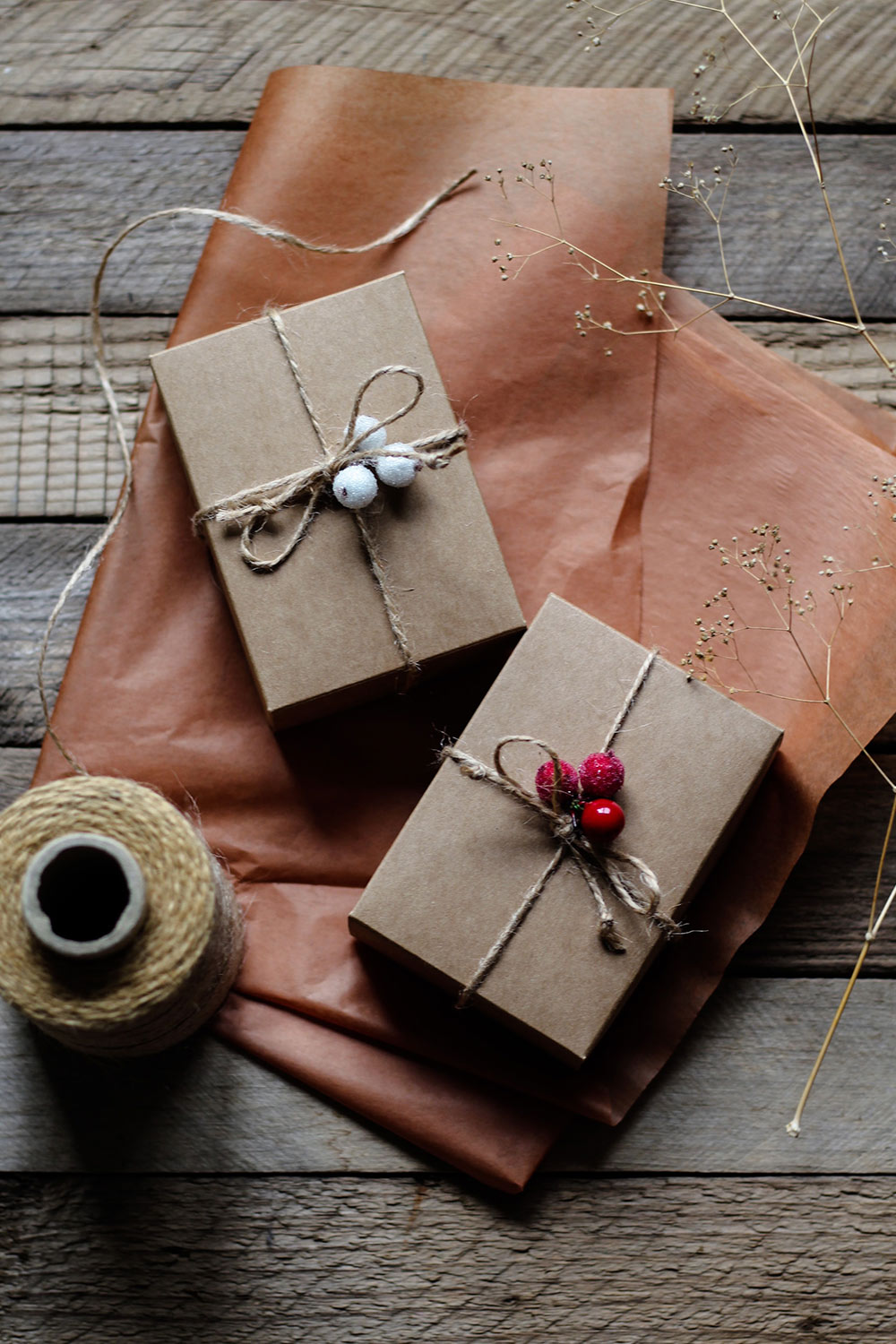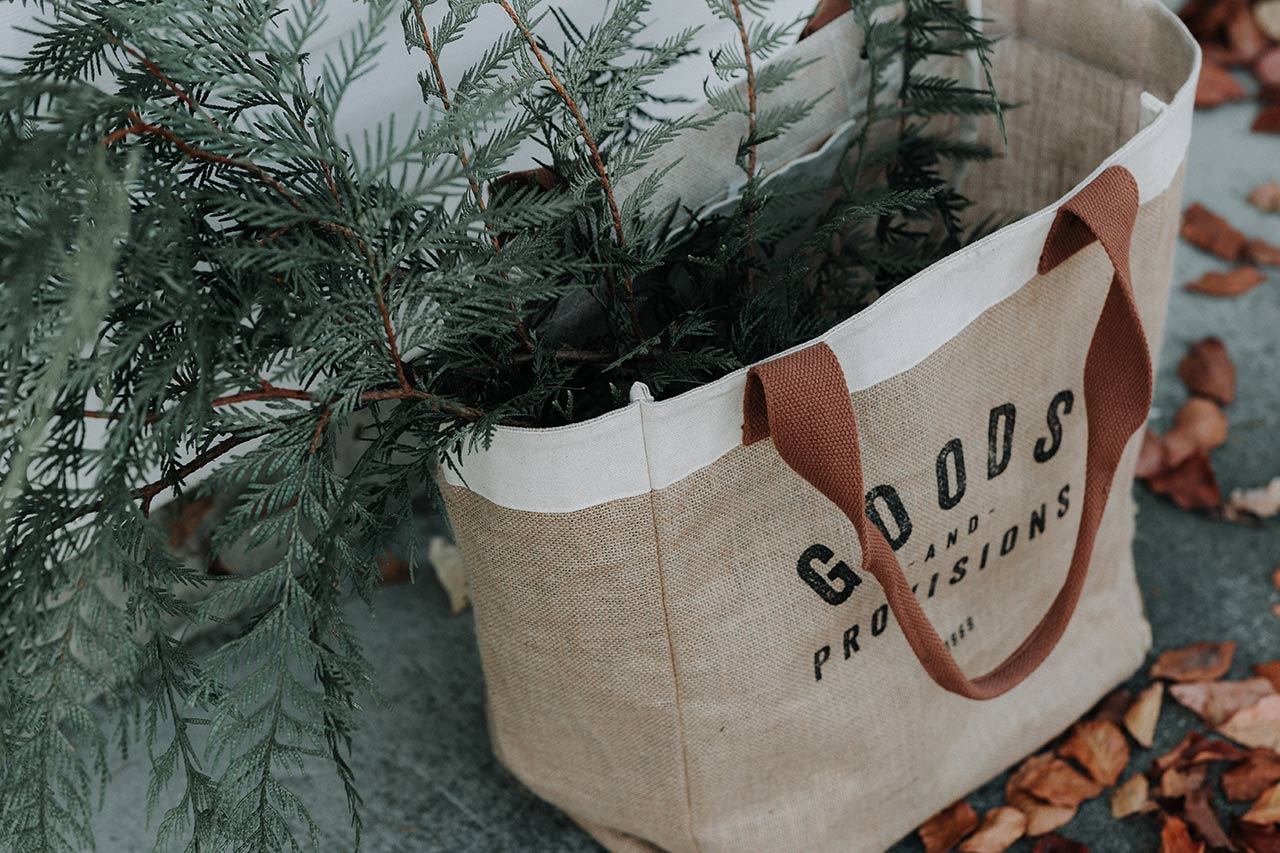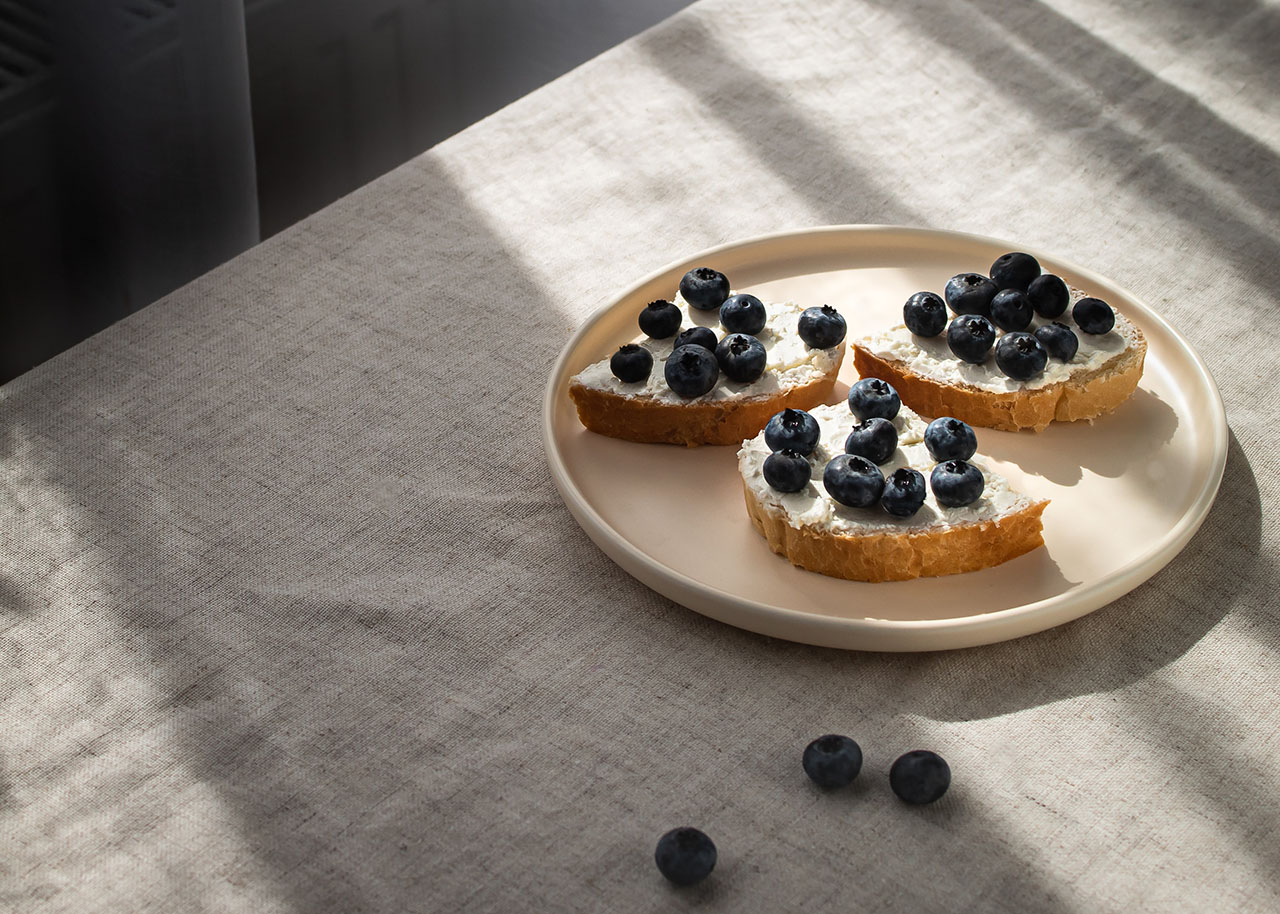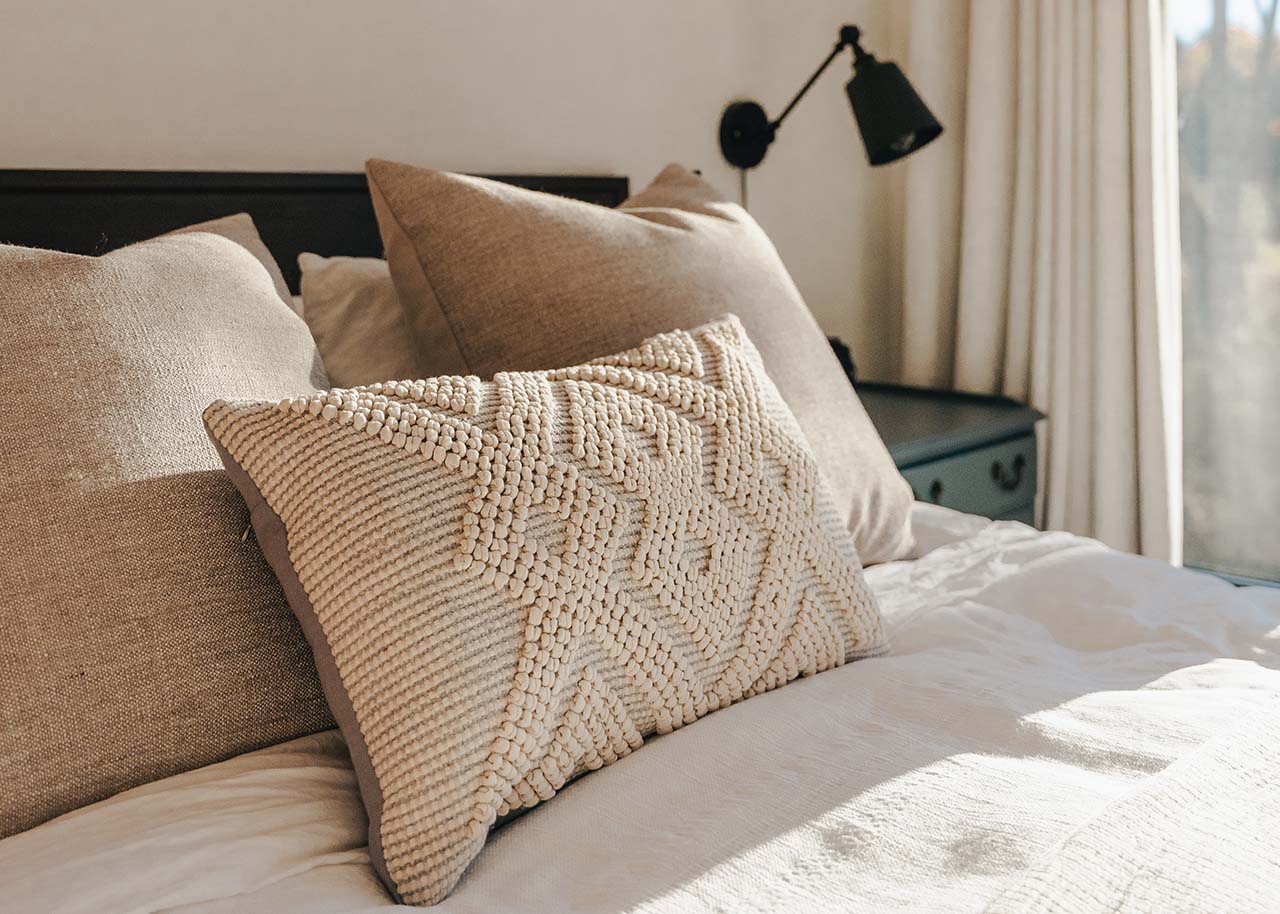This Friday is Black Friday. You probably haven’t been able to avoid the commercials, emails, billboards, and other messages that are meant to seduce you to spend your money on all the wonderful deals you can get on this day. Since the 1980’s, Black Friday has been the unofficial start of the holiday season in the US and now it’s a common phenomenon in Europe as well. While it’s supposed to offer people the best deals of the year, people are becoming more and more aware that it’s nothing but a way to have people start spending their money as soon possible at the expense of the environment.
Mass production and overconsumption are not only depleting our natural resources and generating huge amounts of waste, practices like Black Friday also hurt small shops that can’t match the discounts given by large retailers. People in low-wage countries are often not receiving a fair pay and healthy working conditions when producing all these cheap products. It could also damage your financial and mental health if you’re not being mindful about what you buy and why you buy it in the first place.
‘Green Friday’ is an anti-Black Friday movement that promotes more mindful gift shopping that is less harmful to the environment. It’s a collective term for initiatives that have the wellbeing of our planet at heart. An increasing number of people and businesses embrace this concept and use this day to do something that supports the greater good like planting trees or donating to green organisations. Which feels so much more aligned with the true meaning of the holiday season. Below you’ll find 6 green(er) ways to go about your Christmas shopping this Friday (and after).
1. Shop small & sustainable
Small shops/independent makers are more likely to source their materials or products locally and sustainably, their processes are more mindful and they’re part of a local community. Some even have a policy of supporting environmental causes (I love this example from The Future Kept). If you buy from small shops you’re supporting a family, a local economy, and inherently a more sustainable way of living. Don’t know where to start? Have a look at our directory with 130+ independent makers with a sustainable ethos.
2. Buy or make non-cluttering gifts
Choose presents that have a low environmental impact and that will not end up collecting dust in your or anyone else’s home. There’s a plethora of options for gifts that have a temporary nature and don’t have a huge footprint, like edible gifts, plants or seeds, slow fashion, activities, digital products, gift cards, money (and there are plenty of ways to give money in a creative way, just check Pinterest!). Some of these gifts you can even make yourself and will earn you extra sustainability points!
3. Make a list and stick to it
When you make a list of the gifts you want to buy for your friends and family before you go shopping, you are more mindful about what you’re buying and less likely to buy unnecessary things.

4. Get clear on wish lists
The best present is the present that the receiver is actually happy with! So, ask the people that you want to gift something what they love and in reverse make clear what your wishes are. Sometimes we’re just being polite and don’t want to hurt anyone’s feelings. But if you end up giving and getting all kinds of gifts that are not needed or wanted, that’s not helpful or sustainable either. And when in doubt: pick something from the non-cluttering items listed above!
5. Donate to charity
It might have been a tough year for us all, but there are always people and causes that could use our support more than we need presents. Consider buying smaller or less gifts and donating (part of) your budget to a cause that’s close to your heart. You can also ask people to donate in your name if they want to gift you something.
6. Just skip Black Friday
Go out, spend a day in nature and just don’t buy anything.
If you need some inspiration for sustainable shopping with small ethical brands, visit The Slow Living Guide directory with over 130 brands listed.
Marjolyn is the founder of The Slow Living Guide. She’s an introvert with a natural preference for cosiness, small groups of people, meaningful conversations, harmony and quietness. She loves tea, candles and comfy clothes. It’s her mission to support small sustainable brands by offering them a home on this website and inspire people to live a slower, simpler, more soulful and sustainable lifestyle.
Would you like to receive inspiration from The Slow Living Guide regularly?
Sign up for the newsletter here.



